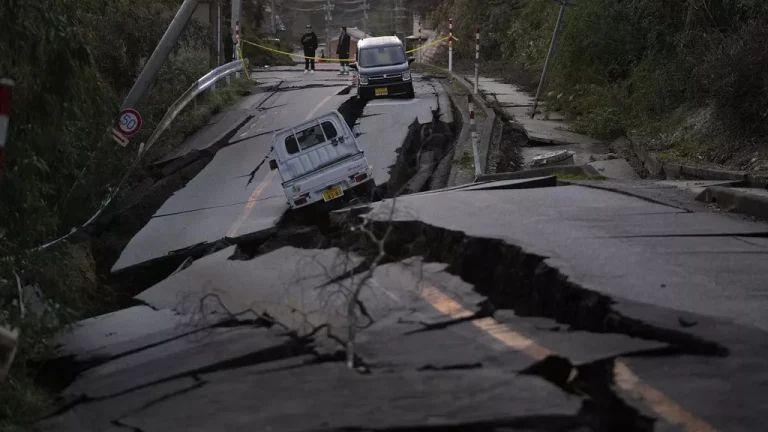A remarkable event has occurred with A23a, the world’s largest iceberg. For months, it has been spinning in place just north of Antarctica instead of moving along with Earth’s most powerful ocean current. Scientists have discovered that the iceberg, which is more than twice the size of Greater London, is trapped on top of a massive rotating cylinder of water known as a Taylor Column. This phenomenon may keep A23a imprisoned for years.
“Typically, icebergs are transient; they break apart and melt away. But not this one,” noted polar expert Prof. Mark Brandon. “A23a is the iceberg that just refuses to die,” he told BBC News. The iceberg’s long history is well-documented. It broke away from the Antarctic coastline in 1986 and immediately got stuck in the Weddell Sea’s bottom-muds, remaining static for three decades. It wasn’t until 2020 that A23a began drifting again, slowly at first, then moving north towards warmer waters.
In early April this year, A23a entered the Antarctic Circumpolar Current (ACC), a powerful ocean current that moves a hundred times more water around the globe than all of Earth’s rivers combined. This was supposed to propel the near-trillion-tonne iceberg into the South Atlantic, where it would eventually disintegrate. Instead, A23a remains stationary just north of the South Orkney Islands, rotating anti-clockwise at about 15 degrees per day, delaying its decay and demise.
The iceberg is not grounded; there is at least a thousand meters of water between its underside and the seafloor. It has been halted by a vortex described in the 1920s by physicist Sir G.I. Taylor, a pioneer in fluid dynamics who also contributed to the Manhattan Project. Taylor demonstrated how a current encountering a seafloor obstruction can generate a full-depth mass of rotating water. In this case, the obstruction is a 100km-wide bump on the ocean bottom known as Pirie Bank, with the vortex trapping A23a.
“The ocean is full of surprises, and this dynamical feature is one of the most fascinating,” said Prof. Mike Meredith from the British Antarctic Survey. “Taylor Columns can also form in the air; you see them in cloud movements above mountains. They can be small in laboratory tanks or enormous, like this one with a giant iceberg in the middle.”
The duration of A23a’s spinning-top routine is uncertain. Prof. Meredith placed a scientific buoy in a Taylor Column above another bump near Pirie Bank, and it remained rotating for four years.
A23a highlights the importance of understanding the seafloor’s shape. Submarine mountains, canyons, and slopes significantly influence water direction and mixing, as well as nutrient distribution, driving ocean biological activity. This influence also affects the climate system, as the mass movement of water disperses heat energy globally.
A23a’s behavior is understood because the ocean bottom north of South Orkney is well-surveyed, unlike much of the world’s seafloor, where only a quarter has been mapped to the best modern standard.





